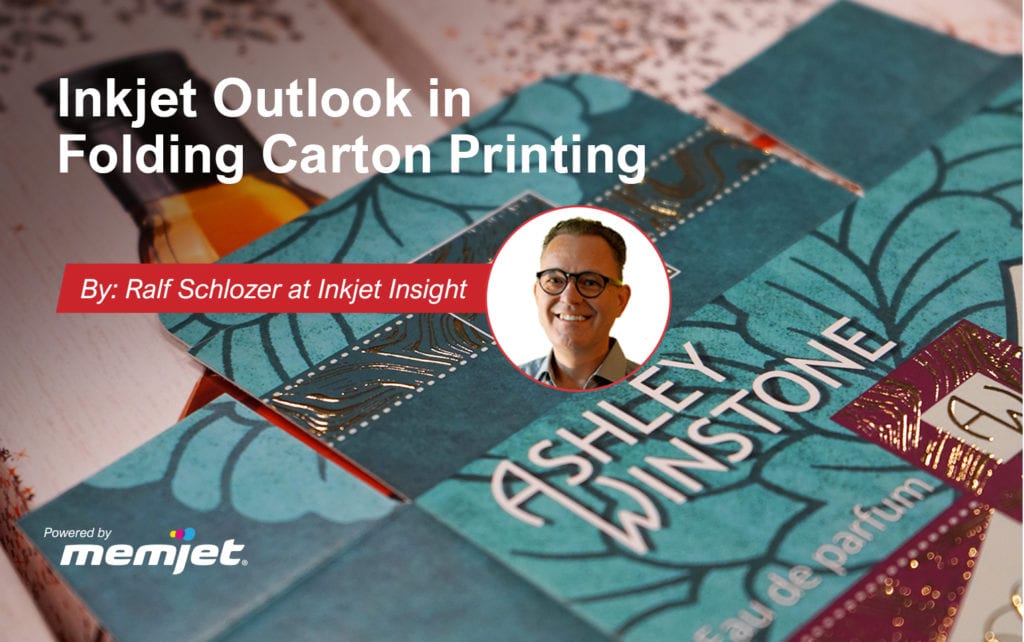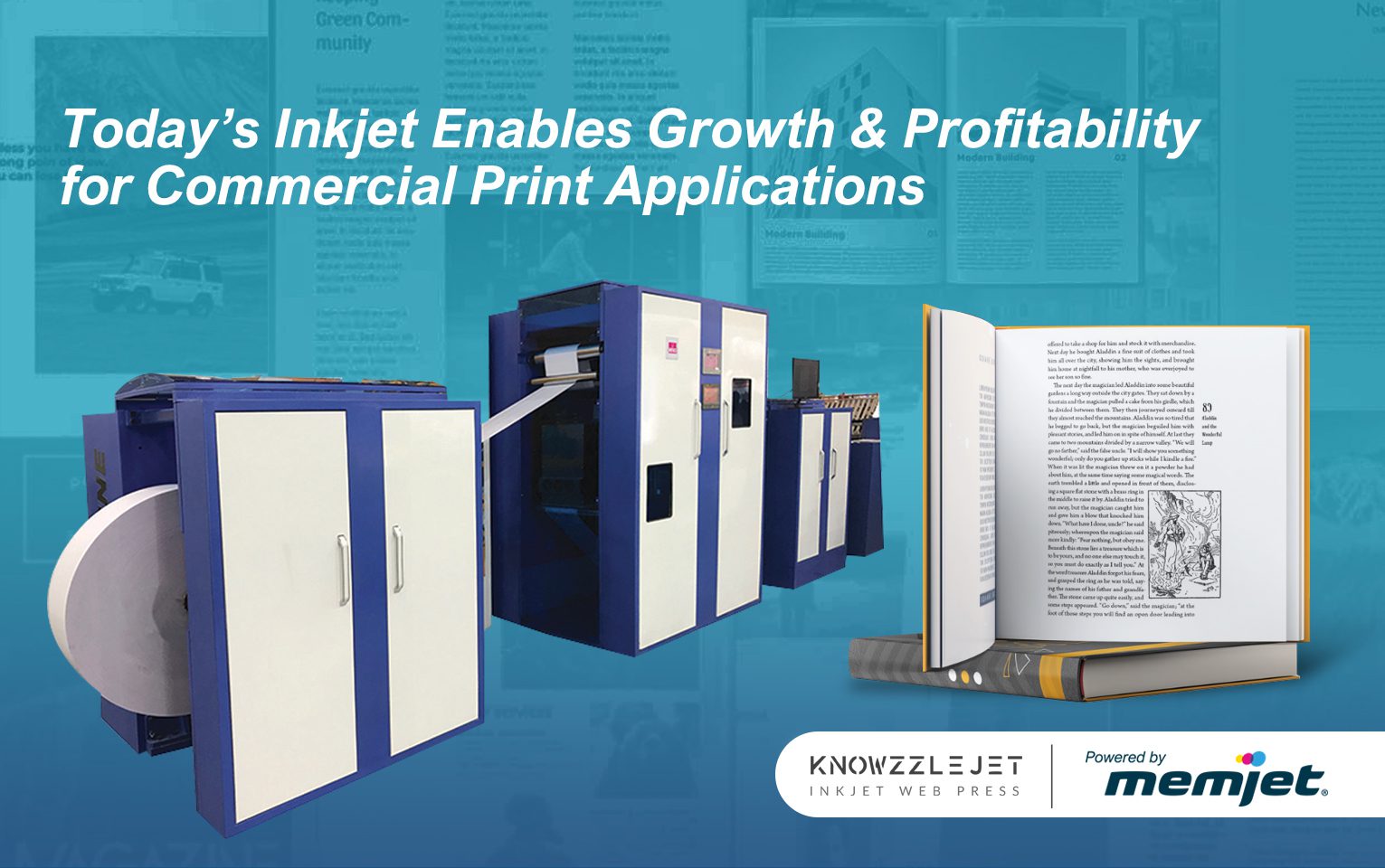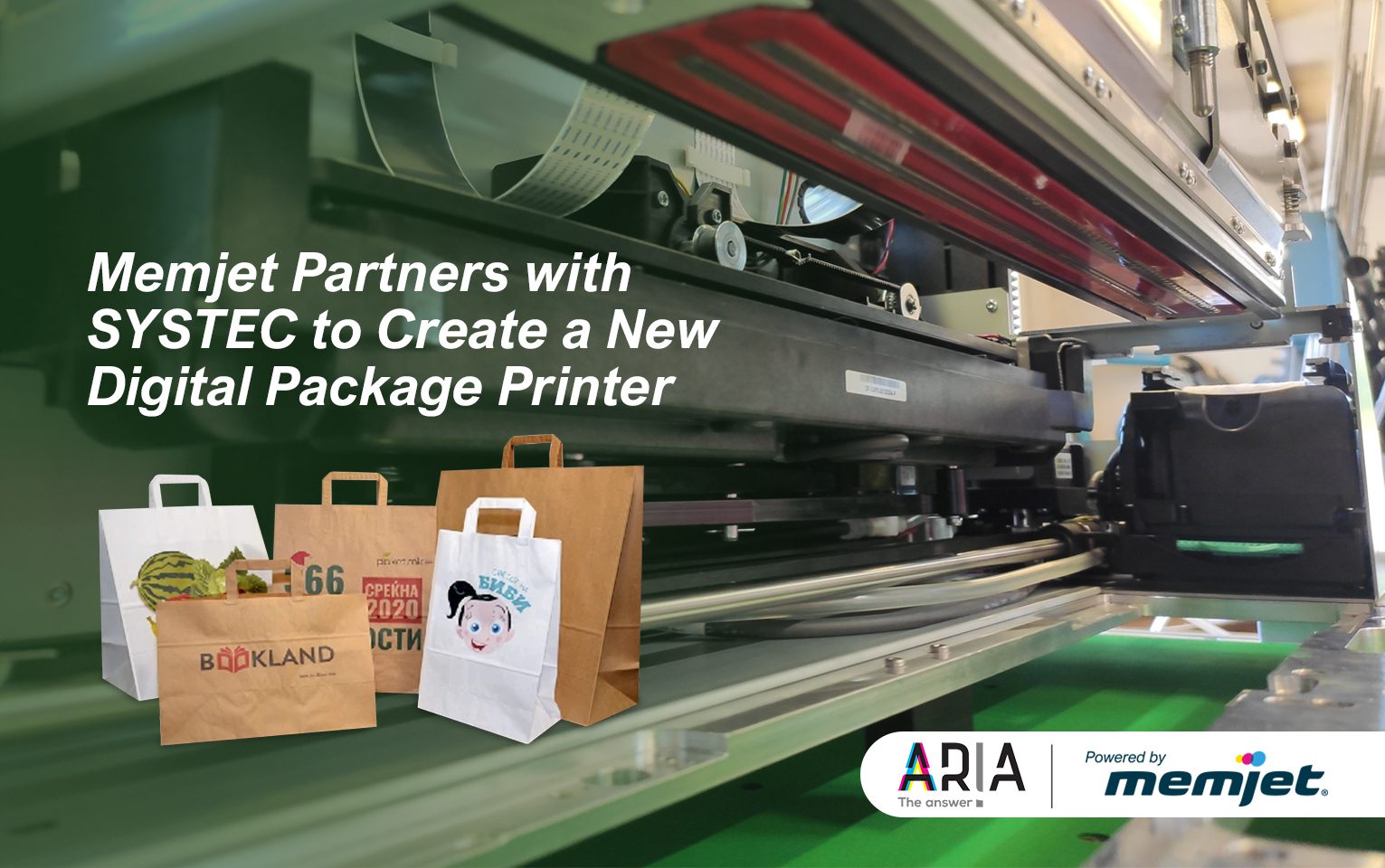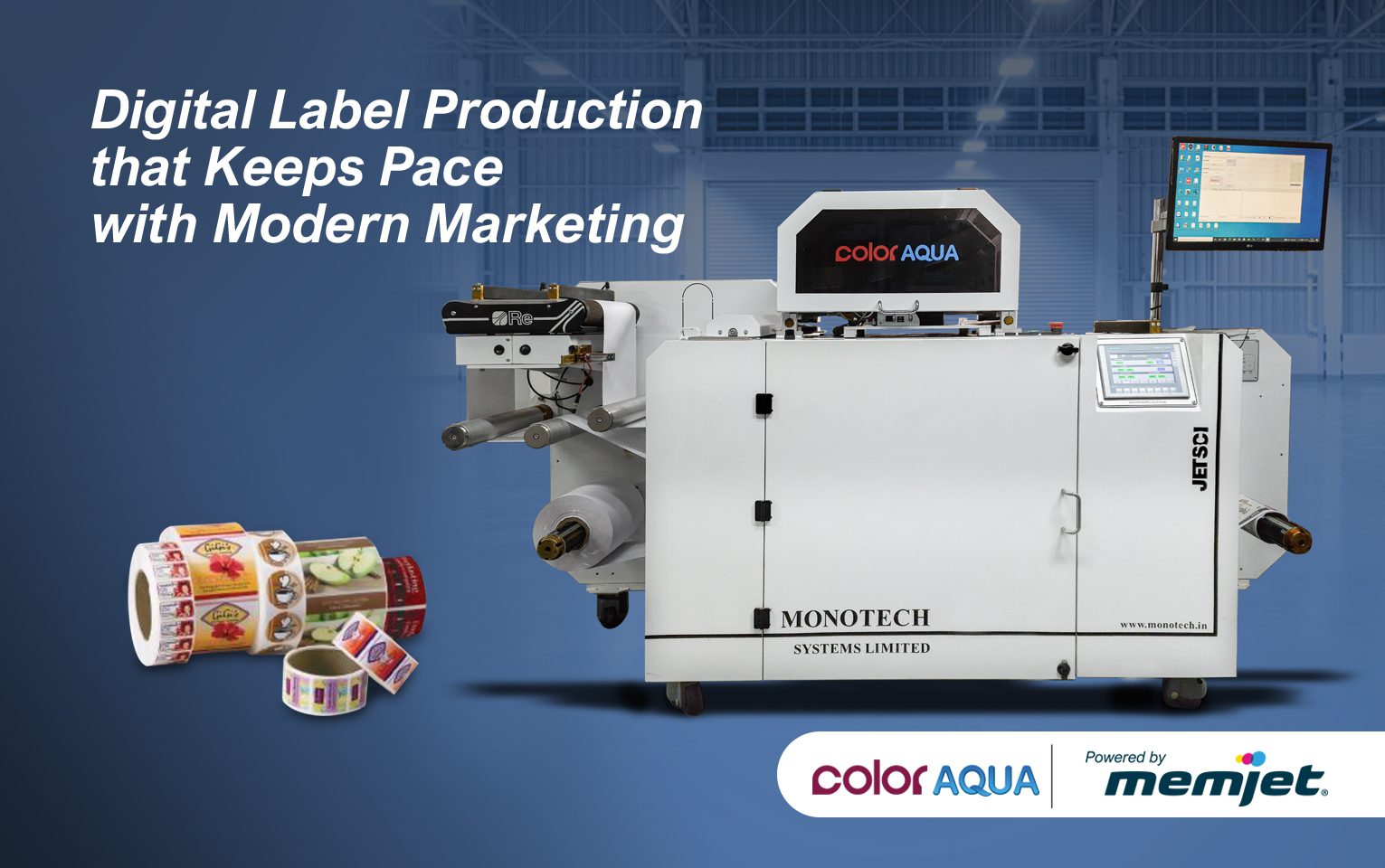Folding carton imagery produced on MGI AlphaJET.

Folding carton print is one of the most prominent segments in packaging and the opportunity for inkjet is huge and growing. Here’s what you need to know to get in the game.
The Drivers
As in many markets, there is a shift in folding carton printing towards shorter runs and more just-in-time production. The reasons are numerous:
- More fragmented markets
- More brands
- Taking out inventory in the supply chain
- Reacting quickly on market demand
- Promotions
- Test marketing
The COVID-19 pandemic propelled the desire to order on short notice. Manufacturers find their markets less predictable and need to react quicker. At the same time buyers want to keep less stock. The pandemic also gave rise to new forms of packaging, like to-go-boxes and trays. Being able to produce short runs makes these products available to many smaller restaurants and chains.
Improvements on the ordering side help as well. Web shops make ordering packaging more efficient for short runs and enable small companies looking into having their own packaging professionally printed.
There are even more advantages of digital print that become apparent in the process. Single-pass inkjet presses can speed up the colour matching for customers by fine tuning colour values directly at the press. Conventional print might require going back into pre-press, remaking plates and starting up again. Less waste in the start-up improves the eco-footprint of packaging.
What to Look Out For
To a much higher degree than in document printing, the press format is a very important factor in folding carton print. If a box does not fit on the sheet, it cannot be printed. Even smaller box layouts can be more profitable on larger sheets, when nesting of complicated box layouts becomes possible. There are opportunities in small format folding carton printing, but the larger the format the more the range of applications increases.
Most users go for sheetfed presses, as substrates are quicker to change and waste is lower. The bulky material also means that rolls are depleted quickly or – if the board is heavy – the material might not be available on a roll. But do not count out roll-fed altogether, there are high volume applications for which it is well suited.
Special colors do play a big role in packaging print. On the one side, spot colors are often needed for certain product logos or artwork. Changing inks on an inkjet press is not feasible in daily production, hence spot colors need to be emulated by a fixed set of inks. Seven color presses do have an advantage here but even CMYK inkjet presses have a wider gamut than standard offset process color, allowing the emulating of many spot colors. More critical can be the usage of specialty inks such as white, metallic, fluorescent and the like. Most inkjet presses need a second pass with analog technology to deliver these enhancements. However, MGI, is launching their AlphaJET Platform that has the option for many enhancements inline with inkjet. The application of spot and tactile UV, raised hot foil, and hologram printing have all been announced as part of the solution.
Inks
Inks are a key element in inkjet printing. Unlike commercial print it is not just the cost of ink, substrate suitability and food safety are major concerns as well.
Substrates for folding carton printing can be varied. Apart from the thickness, the surface finish plays a big role in printability. Since brands are looking for differentiation more elaborate gloss, matte and texture finishes are becoming more widespread. Additionally, substrates can be film or foil coated/laminated. Ideally the press should perform well on a wide range of stocks.
A major area of concern in folding cartons is food packaging safety. A lot of folding carton is used in food packaging. Inks can contain hazardous substances that can migrate into the food. This even applies if the print is only on the outside of the package as substances can migrate to the opposite surface within a pile or roll of printed products. The EU is about to revise their regulations for food contact materials – so watch out for possible impact here.
Apart from harmful substances also the odor is important. Even if an ink passes the food packaging safety test, the smell can impact the usability of a packaging. Pet food is said to have the highest requirements in avoiding odors, but many consumer goods are critical, reaching from food, to healthcare, tobacco and personal care.
UV inks are at some disadvantage compared to aqueous and even solvent inks, since by definition they contain monomers that are considered harmful. Thorough drying and careful selection of ink ingredients gave rise to low migration UV inks, although properties should be checked with the vendor. Ink safety and sustainability are of growing concern as regulators in many parts of the world are tightening rules regarding the use of hazardous chemicals often found in UV inks and their associated cleaning solutions.
Another option to improve the food packaging safety properties is varnishing. This might be required for optics or handling properties anyway but does add an extra step and cost.
The Equipment Choices
The lack of inkjet adoption in folding carton is owed to a lack of press solutions available. Several devices were announced years ago and a few have made it into availability so far, but it has been a long drawn out process. This testifies to the high standard folding carton presses need to adhere to.
Recent additions to the market from Memjet partners are the MGI AlphaJET platform noted earlier and the ION digital conversion system by PCMC. AlphaJET incorporates Memjet DuraLink® printhead technology into a modular platform that can be flexibly adapted with the addition of new printing or embellishment stations to help customers stay in step with the evolution of the market. While focused primarily on targeting deluxe packaging solutions across a range of vertical markets, the AlphaJet platform is also suited to commercial applications such as high-quality book covers and photobooks, brochures and flyers, labels, business cards and greeting cards, and displays.
PCMC ION also leverages Memjet DuraLink technology within a fully modular system that can be integrated with any analog printing press, regardless of manufacturer. It is available as a mono print-bar or a full colour printing platform with expanded gamut printing. It can be configured from 8.5-inch print widths up to 60 inches and offers industry leading resolution of 1600×1585 dpi to provide sharp, vibrant design details on substrates ranging from label stock to corrugated boxes, folding carton and commercial paper stock. It uses water-based inks that contain no toxic or reactive chemistries.
Outlook
The business opportunity for inkjet in folding carton is huge and growing. Part of growing the business is educating print buyers on the opportunities of on demand printing, which might involve remodeling their supply chain. It might require designing packaging without specialty colours as well, to take advantage of efficient short run and just-in-time printing. The other part is having the right print technology, finishing and workflow.
While the folding carton market for inkjet has been moving slowly, we expect that to change quickly as new aqueous inkjet platforms deliver a range of new capabilities and capitalize on the demand from brands for more flexible digital print alternatives.
Discover more about packaging solutions Powered by Memjet.



